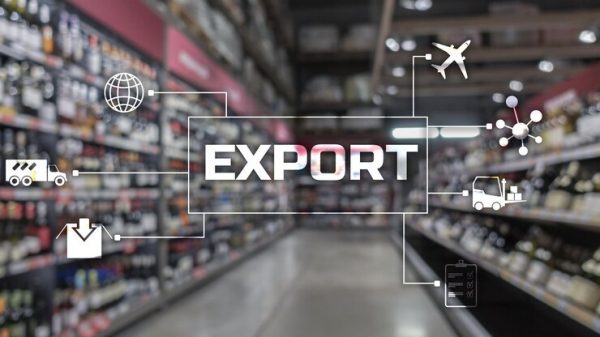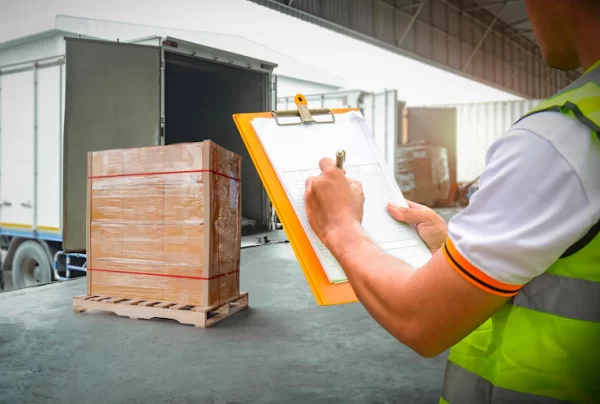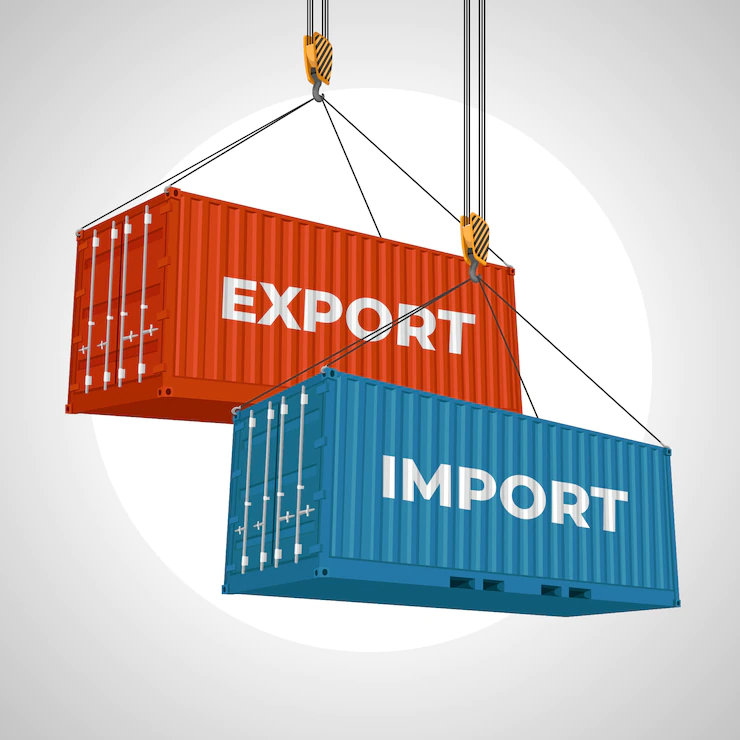Comparison of Export and Import
International trade is divided into two general categories. It means export and import. Export refers to the process by which a country sends its domestic products to another country and sells them to them. On the other hand, import includes a process in which a country imports goods that it cannot produce domestically from another country.
The Concept of Import
The most important difference between export and import can be found from the concept of these two. As mentioned, import means buying goods from another country. The use of imported goods is done either by the government or by supplying them in domestic markets, they are used by the public. The direct impact of imports on the country’s economy is felt in that the more imports a country has, the weaker its economy will be. This means that with excessive imports, more money is leaving the country.
As a concrete example, we can mention the export of oil. Many countries need crude oil from the Middle East. On the other hand, the oil export rate is high. As a result, the countries of the Middle East get significant income by exporting oil, which causes their economic growth. For this reason, importing countries try to create a relative balance between their imports and exports in order to have a more normal economic situation.
In this regard, countries are trying to reduce their dependence through domestic production. However, the production of some goods in the country is in need, impossible or expensive. For this reason, they have to import goods from other countries.
The Process of Importing Goods

1. Search in The Global Market
The beginning of the export process is with inquiries in the global markets. To get the necessary information, we can refer to trade associations. After obtaining the required information, we talk to the companies that provide the goods we need regarding related issues such as rates and delivery conditions.
2. Receiving a License
We need a license to import. In order to get a license, we need to know about the need or lack of need for the desired product and how to get the license.
3. Receive Foreign Currency
Regarding the foreign currency, it should be appropriate to the country from which we intend to import goods.
4. Order
The order registration is done by the exporter and must include the color, design, quantity and other important items.
5. Credentials
Obtaining credit is done by receiving a letter of credit from the bank, and this letter of credit represents our own credit. Based on this credit, we can prove the authenticity, terms and conditions of our order.
6. Shipping Receipt
The exporter of our requested product will issue and send us a receipt containing information about the shipment,
description of the product, etc.
7. Delivery of Bank Documents
To deliver the goods, the import documents are delivered to the bank for necessary measures.
8. Receive Delivery Document
Export documents are received from the delivery official.
9. Clearance
The last stage of import is the customs clearance process. For clearance, we need to go through control procedures and go through many legal formalities.
The Concept of Export
In export, a country sends goods and services that it benefits from in excess domestically for sale to other countries. This happens in relation to goods that a country has more than its needs and uses. Employing the export dimension in the field of trade indicates the healthy and strong economy of that country; Because this work brings high foreign exchange for the exporting country.
In general, it can be said that a country with a lower import rate and higher export rate has a more normal domestic economic situation. Countries should be able to achieve a minimum capability in the field of export, in return they can also have favorable imports in relation to the goods they need.
The Process of Exporting Goods

1. Receive Request
Buyers send their purchase requests to potential sellers. A seller who wants to export must send the price and terms of sale in response to this request.
2. Taking Orders
If an agreement is reached between the buyer and the seller, the merchant will send a receipt containing information about his/her order to the seller.
3. Buyer Inquiry by Seller
It is better to make sure the credit of the buyer in order to export safely. The good reputation of the buyer is an important point in the export process.
4. Export License
For export, just like import, we need to obtain the necessary permits from the relevant institutions.
5. Production
The goods must be produced according to the needs and wishes of the buyer.
6. Certificate of Origin
This certificate is a confirmation for the production of goods in the exporting country that is sent to the importing country.
7. Transportation Reservation
Necessary arrangements with the transport company and information about the type of goods, quantity, date of shipment and destination are the responsibility of the exporting country.
8. Preparing the Order and Proper Packaging to Send to the Shipping Company
We have talked about the importance and benefits of proper packaging of export products in detail in the product packaging article.
9. Insurance
We can protect the relevant goods against possible risks and natural disasters through insurance.
10. Receive a Receipt when Downloading
It is necessary to prepare the receipt of the items that are ready to be loaded to specify the type, material, number and other specifications related to the export goods and to present it to the importing country.
11. Invoicing
The invoice is prepared to be sent to the buyer after it is sent.
12. Receiving Fees
After the goods have been delivered to the customer, we must receive documents from him, including invoices, bills of lading, certificates of origin, letters of credit, etc. Delivery of these documents is done in exchange for receipt of invoice from the seller.
Up To Sum
Export and import processes are the two arms of business, especially at the international level. Their concepts and differences are important in every country and the basis of people’s employment is placed in one of these two fields. In order to have a dynamic economy, every country must balance its import and export processes. A decrease in imports and an increase in exports are signs of a healthy domestic economy. Because it causes more foreign exchange and less money leaving the country.


